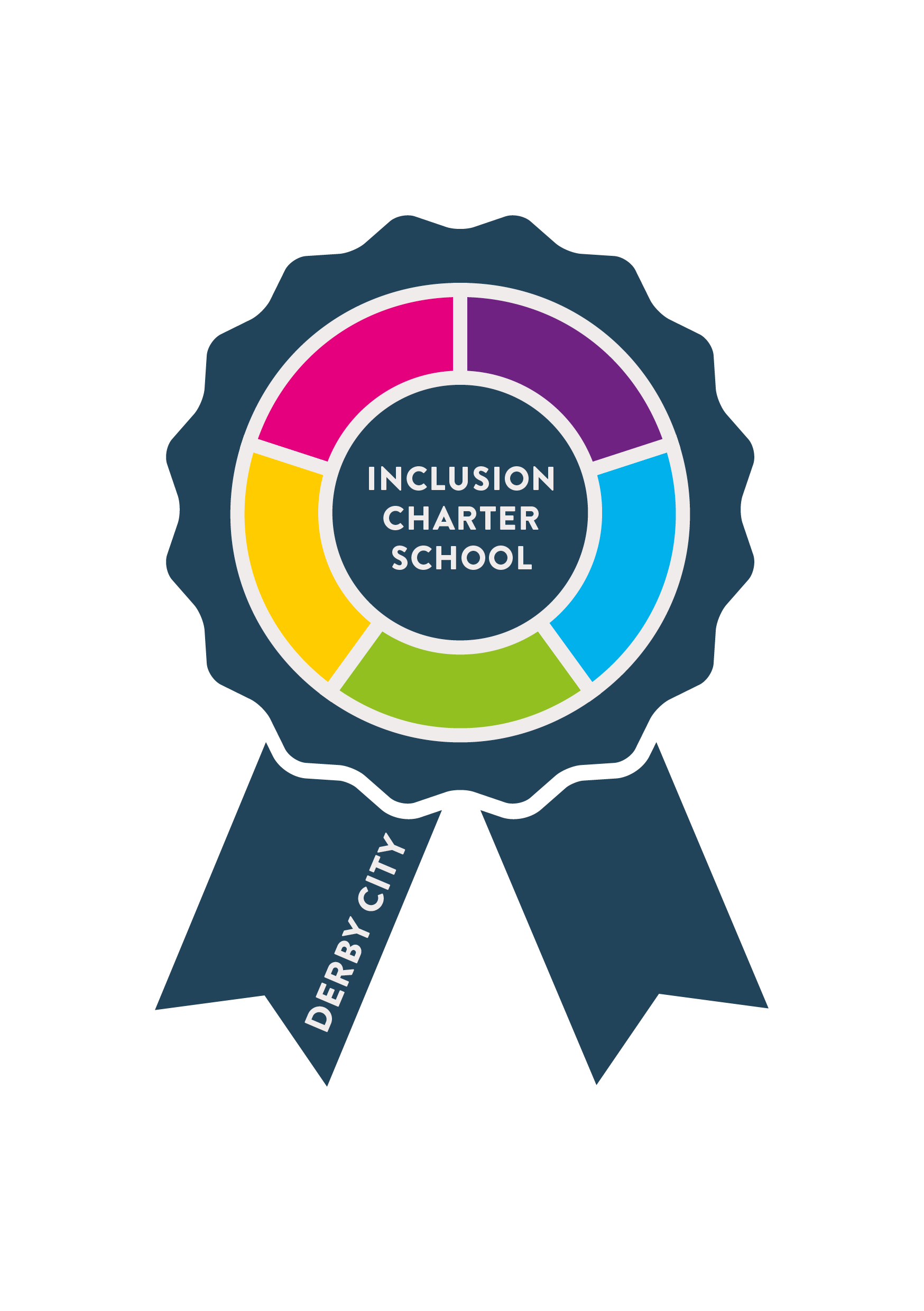Overview
When children study Computing, they are not only able to learn how to access a range of online resources in a safe and responsible manner, but how different platforms can be used to support learning and help communication. Computing encourages the development of transferable skills and allows the use of technology to creatively inspire pupils and enhance learning opportunities across the wider curriculum.
Intent
Our vision is to embed computing in as many learning opportunities as possible, providing our children with concrete experiences of when and how they can use digital media in different aspects of their lives. In the ever-changing digital world, we aim to provide all children with not only the skills to use the technology that exist today, but the life-long thinking skills and passion to continue to develop their love of computing through secondary school and beyond.
Implementation
The Teach Computing curriculum is designed around the three strands referenced in the National Curriculum: computer science, information technology and digital literacy. Throughout the primary phase, children revisit knowledge and skills in five key areas linked to these three strands: computer systems and networks; programming; creating media; data handling and online safety. The cyclical route through the curriculum ensures that prior knowledge and skills are revisited to ensure retention in long-term memory and built upon to develop increasingly sophisticated understanding. Computing is taught weekly. Computing lessons take place in the classroom with children accessing a range of devices such as Beebots and Laptops. Computing lessons at Bridge Street incorporate the following elements: retrieval practice; explicit teaching of new vocabulary; teacher modelling and questioning and a range of learning tasks – some independent and some undertaken in partnerships.
Impact
We want learners to discuss, reflect and appreciate the impact computing has on their learning, development and well-being. Finding the right balance with technology is key to an effective education and a healthy lifestyle. We feel the way we implement computing helps children realise the need for the right balance and one they can continue to build on in their next stage of education and beyond. We encourage regular discussions between staff and pupils to best embed and understand this.


